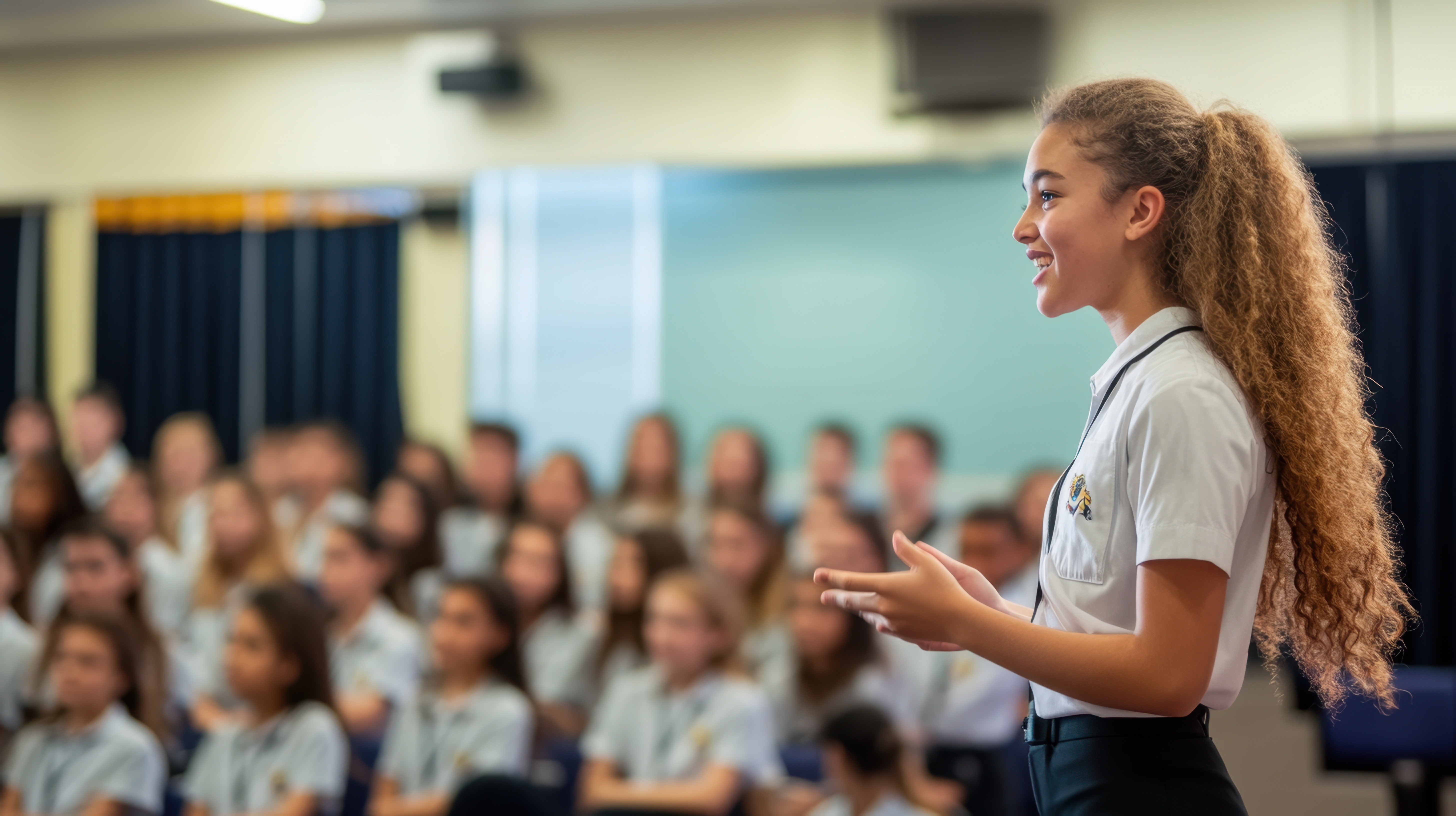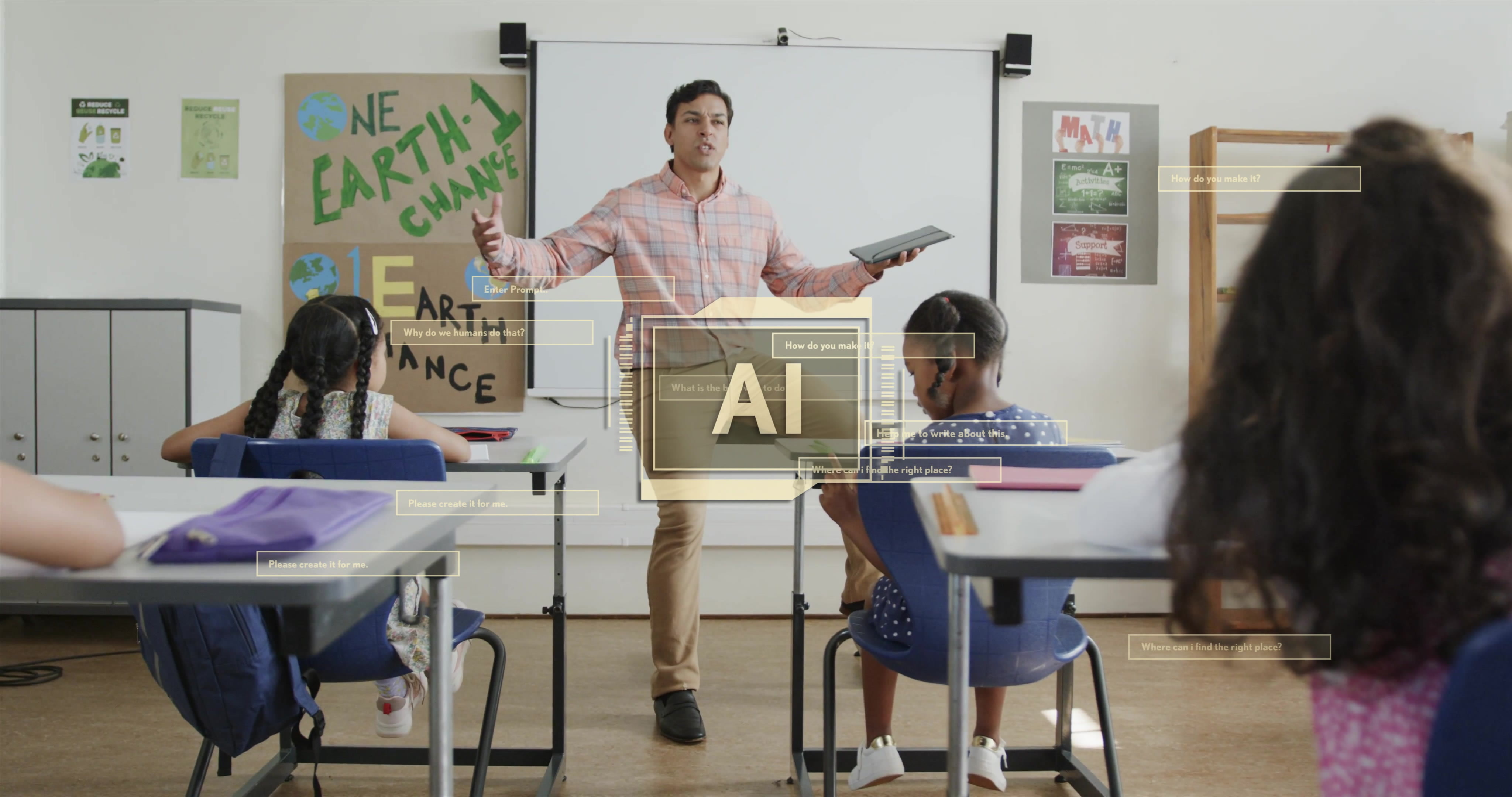Ed Tech Blog

In a world where technology and indoor activities seem to be dominating the lives of children, it has become increasingly important to encourage outdoor exploration. Nature, with all its fascinating creatures and complex systems, is a natural classroom for young children. Unfortunately, many modern preschools and homes lack easy access to natural environments, making it harder for children to engage with the world around them in a hands-on, exploratory way. Enter the Wonder Wagon—an innovative tool designed to bridge this gap by bringing nature-based learning directly to preschoolers, no matter the season.
A Wonder Wagon is a portable science lab that enables young children to explore and investigate nature through hands-on activities. These wagons are typically equipped with a variety of educational tools and materials, such as magnifying glasses, bug catchers, field journals, plant identification cards, and measuring cups. Designed with mobility in mind, Wonder Wagons are easy to move from one outdoor setting to another. Whether it’s a nearby park, a community garden, or even a forested area, the wagon can be easily transported, providing children with the flexibility to explore different natural environments.
Why Are Wonder Wagons So Important?
1. Promote Hands-On Learning: At the core of the Wonder Wagon’s design is the concept of hands-on learning. Research consistently shows that young children learn best when they are actively engaged with their environment, using their senses to explore and manipulate objects. Rather than simply reading about science or watching videos, children in Wonder Wagons are immersed in the learning process, experimenting with the world around them. For example, they may examine a leaf under a magnifying glass to learn about its texture and structure or use a bug catcher to safely capture and observe insects. These hands-on experiences allow children to make discoveries, test hypotheses, and draw conclusions—all...

Leadership is a critical life skill that can significantly shape a student’s future. Encouraging leadership from an early age helps students build confidence, improve communication, and develop a strong sense of responsibility. Creating a student leadership program—either as an elective or through other school-based opportunities—can provide students with the tools and experiences they need to become thoughtful, proactive leaders both in school and beyond.
Defining Leadership Qualities
Before building a student leadership program, it’s essential to identify the key traits your program aims to develop. These typically include communication, collaboration, decision-making, adaptability, and problem-solving. Communication involves not just expressing ideas clearly but also listening actively. Collaboration teaches students how to work effectively with others, while decision-making sharpens their ability to think critically and ethically. Adaptability helps students stay resilient during change, and problem-solving allows them to creatively overcome challenges. These foundational skills will inform the structure and goals of your program.
Building Leadership Through Real-Life Experiences
Hands-on experiences are essential for leadership growth. It’s not enough to teach leadership through lectures alone; students need opportunities to apply what they’ve learned. Involving students in real-world leadership roles—such as organizing school events, managing student clubs, or leading community service projects—gives them the...

Artificial Intelligence (AI) has evolved from a niche technology into a ubiquitous presence in many aspects of our daily lives. From voice assistants to recommendation algorithms, AI is reshaping how we interact with information and solve problems. In education, AI holds enormous promise, especially in fields like computer science and mathematics, where abstract concepts and problem-solving are central. However, integrating AI into teaching is not just about using the latest technology—it’s about rethinking how we design learning experiences to be more responsive and personalized. The power of AI can help students grasp difficult concepts, offer tailored support, and make learning more engaging, but only when used intentionally. Without thoughtful integration, AI tools risk becoming distractions or superficial add-ons that don’t support deeper understanding.
Teachers must remember that AI is a tool to enhance their instructional expertise—not a replacement. It’s essential to approach AI integration with a clear vision for how it can support student learning goals and complement human teaching rather than compete with it. This approach requires both awareness of AI’s capabilities and critical reflection on pedagogical aims.
Defining Clear Educational Goals for AI Use
Every successful teaching strategy begins with clear objectives, and AI integration is no exception.
Read more: How to Harness AI Thoughtfully to Enhance Computer Science and Math Education

One of the most common challenges that educators face, especially in classrooms with extended periods, is maintaining student engagement. Long class periods can be overwhelming, with students often struggling to stay focused and actively involved in the lesson. The longer a lesson lasts, the more difficult it becomes for students to maintain their concentration and retain information. As the class drags on, attention spans naturally fluctuate, and students may begin to disengage, becoming passive recipients of information rather than active participants in their learning. However, there are effective strategies that can help keep students engaged, even during the longest class periods. One such strategy is "chunking" class time, paired with the "gradual release of responsibility" teaching framework. Together, these strategies can help break up the lesson, keep students involved, and allow for sustained attention throughout extended class sessions. Let’s dive deeper into how these strategies can work together to create an engaging and productive classroom environment.
The Challenge of Long Class Periods
Long class periods, particularly those that extend beyond the typical 45-minute or hour-long session, can create a significant challenge for both students and teachers. Extended lessons can be overwhelming, especially when the content is dense or complex. Students,
Read more: Mastering Long Class Periods: How Chunking and Gradual Release Keep Students Engaged

Peer-to-peer teaching is an incredibly effective instructional strategy that enhances learning by engaging students in active knowledge-sharing. Research has shown that when students teach each other, they reinforce their own understanding, improve retention, and develop critical communication skills. Their brains engage more deeply, forging stronger connections that lead to long-term learning. Educators can harness this powerful effect through a mix of big and small strategies tailored to different classroom needs.
Why Peer Teaching Works
Peer teaching is successful because it fundamentally alters how students engage with information. When students take on the role of the teacher, they are forced to retrieve information from memory, organize their thoughts, and present them coherently. This process enhances cognitive engagement, ensuring that students are actively thinking about the subject matter rather than passively absorbing it. The act of verbalizing concepts further strengthens retention, as explaining ideas to others requires a deeper level of understanding.
Additionally, peer teaching nurtures social and communication skills. As students interact with one another, they practice articulating their thoughts clearly, listening actively, and responding thoughtfully to questions. This not only benefits academic performance but also prepares students for future collaborative environments. Furthermore, teaching fosters confidence and leadership qualities, as students...

As K–12 schools increasingly rely on cloud services to support remote learning, data storage, and administrative tasks, IT departments must carefully manage cloud spending. Without proper oversight, cloud costs can quickly spiral out of control. To ensure cost efficiency while maintaining essential services, IT teams should assess current cloud expenditures and identify areas for optimization. Here are three effective ways K–12 schools can save money on their cloud infrastructure:
1. Optimize Cloud Usage and Eliminate Waste
One of the simplest ways to reduce cloud costs is by identifying and eliminating unused or underutilized resources. IT teams should conduct a thorough audit of their cloud services to pinpoint unnecessary instances, storage, and applications that are not actively used. Often, schools continue paying for cloud resources that were initially provisioned for temporary projects, outdated software, or discontinued programs. Regularly reviewing and right-sizing cloud instances based on actual needs can lead to significant savings.
A crucial aspect of optimizing cloud usage is ensuring that resources are neither over-provisioned nor underutilized. Schools should evaluate their cloud usage patterns and determine whether they are paying for more computing power, storage, or bandwidth than necessary. Cloud providers offer tools that can analyze usage data and provide...
Read more: Smart Savings: How K–12 Schools Can Cut Cloud Costs Without Sacrificing Performance
- Future-Proofing K–12 IT: How Schools Can Stay Ahead in a Digital World
- Transforming Classrooms: 3 Effective Ways to Integrate Social-Emotional Learning (SEL)
- Making Learning Visible: 7 Proven Strategies to Show Students Their Academic Growth
- Learning by the Water’s Edge: The Educational Value of Rivers
